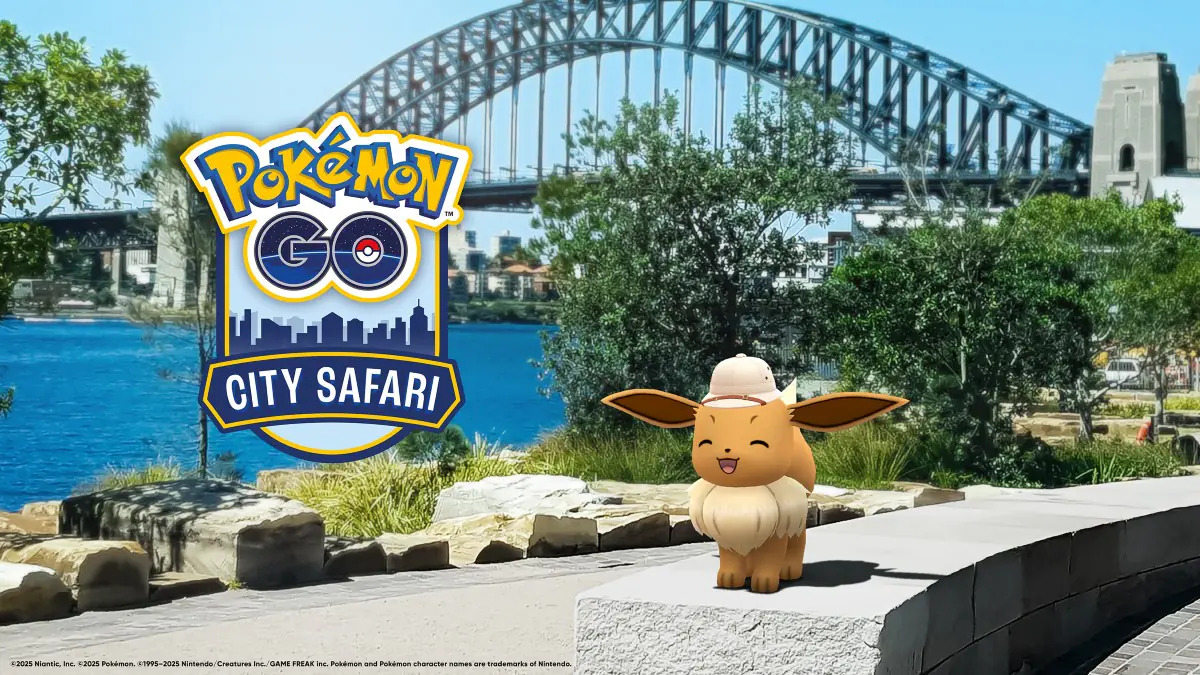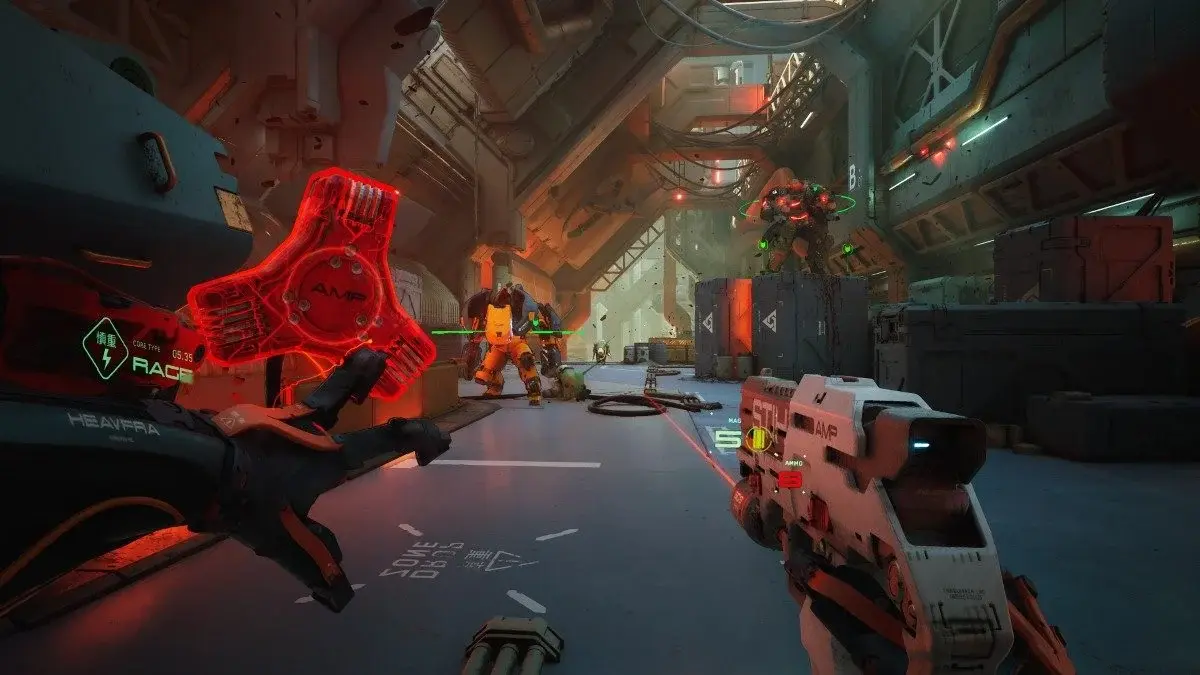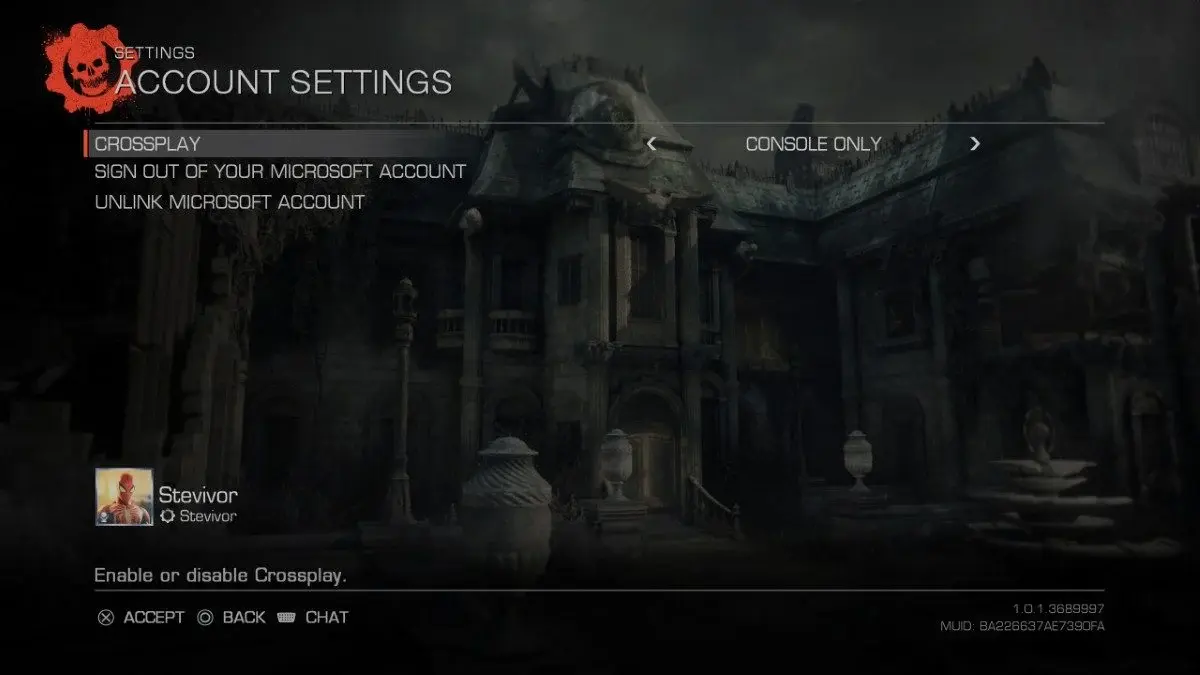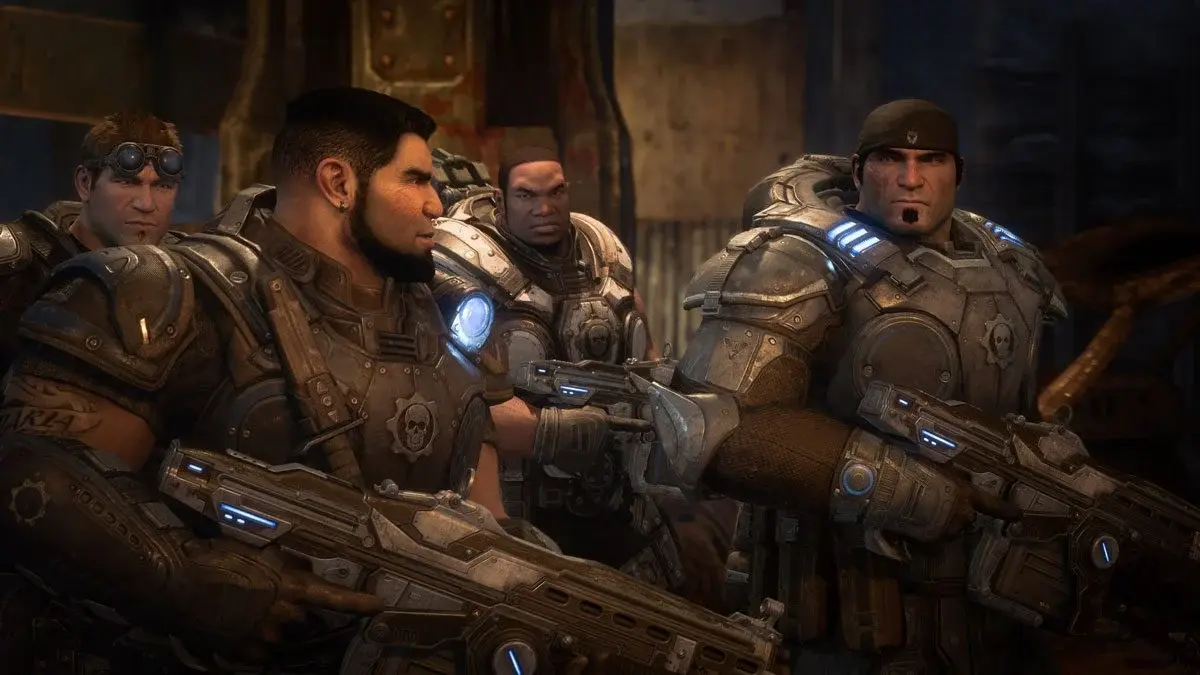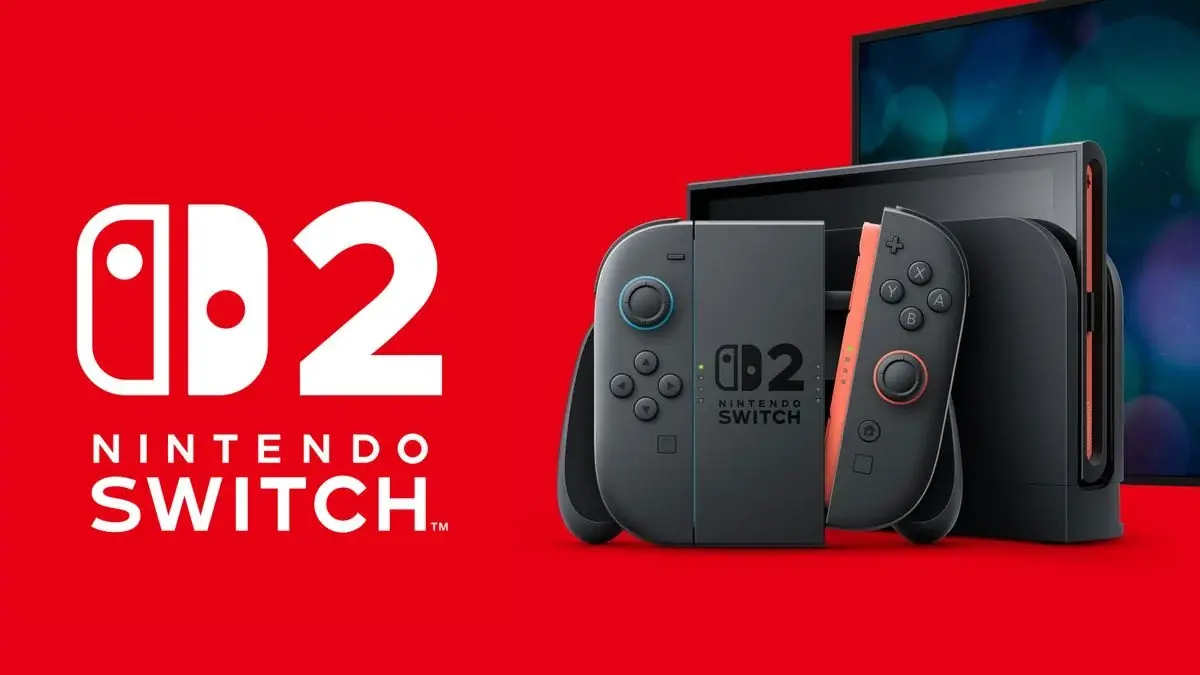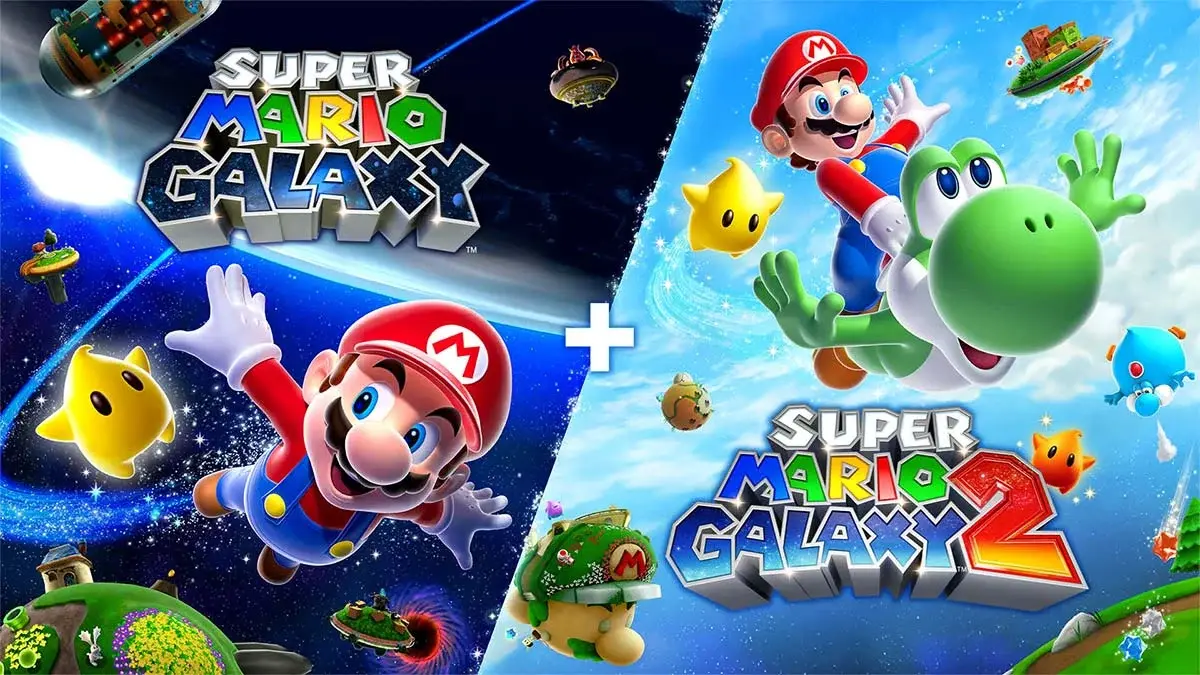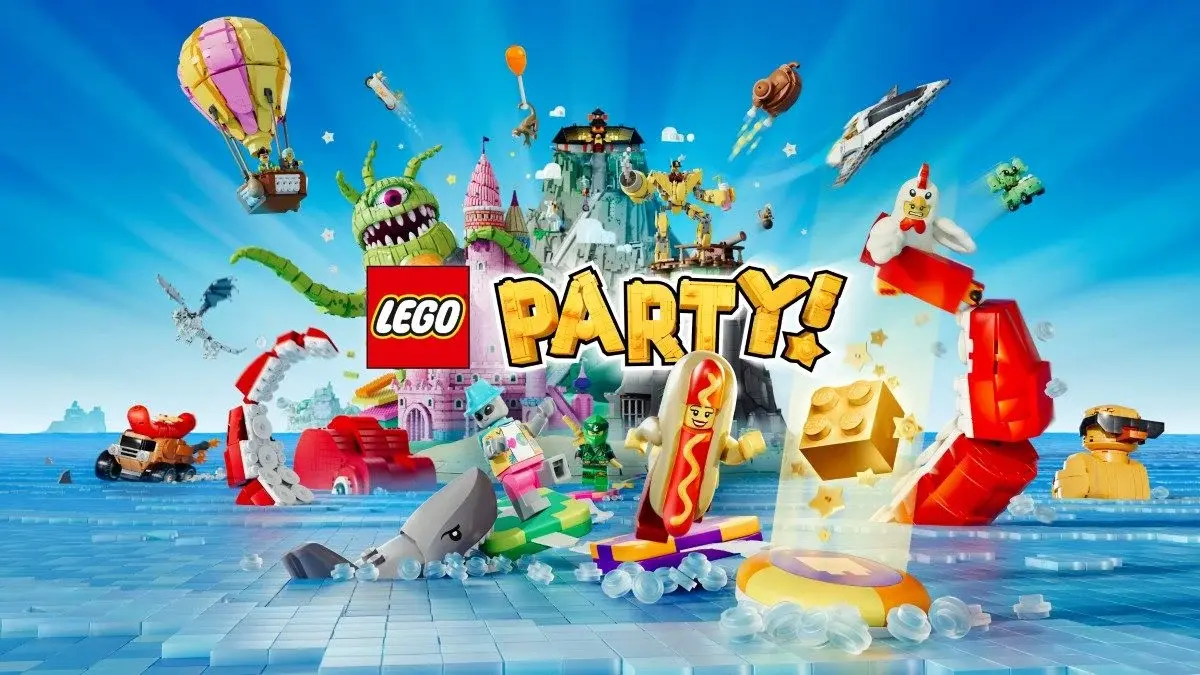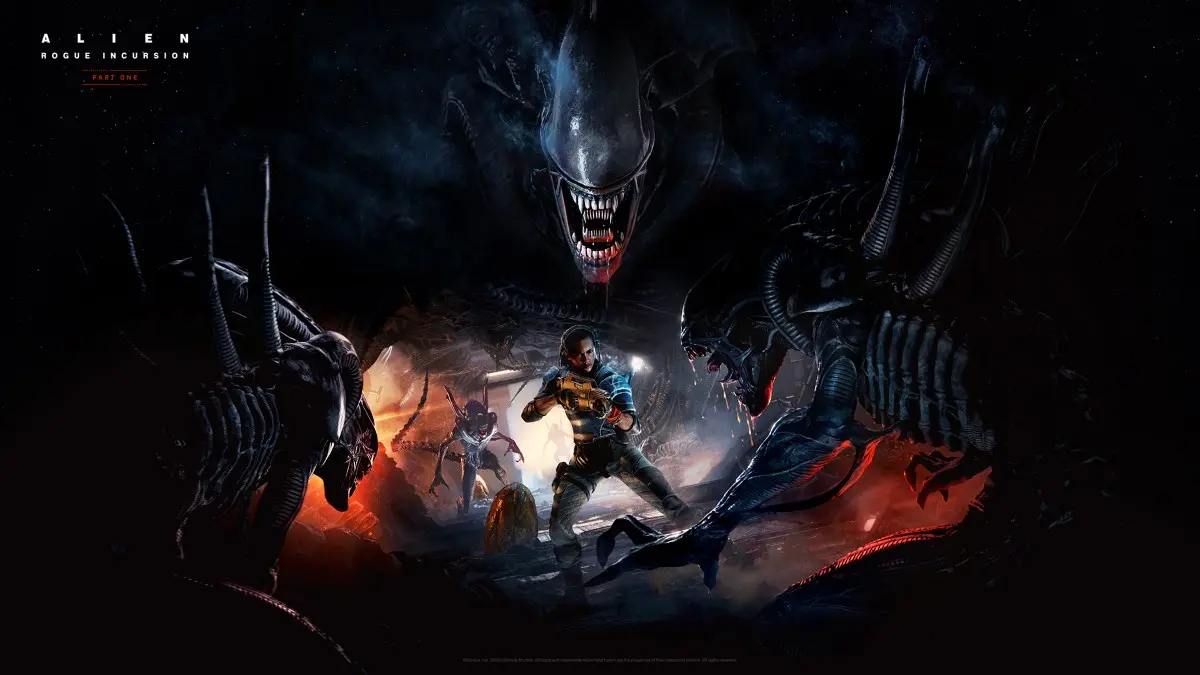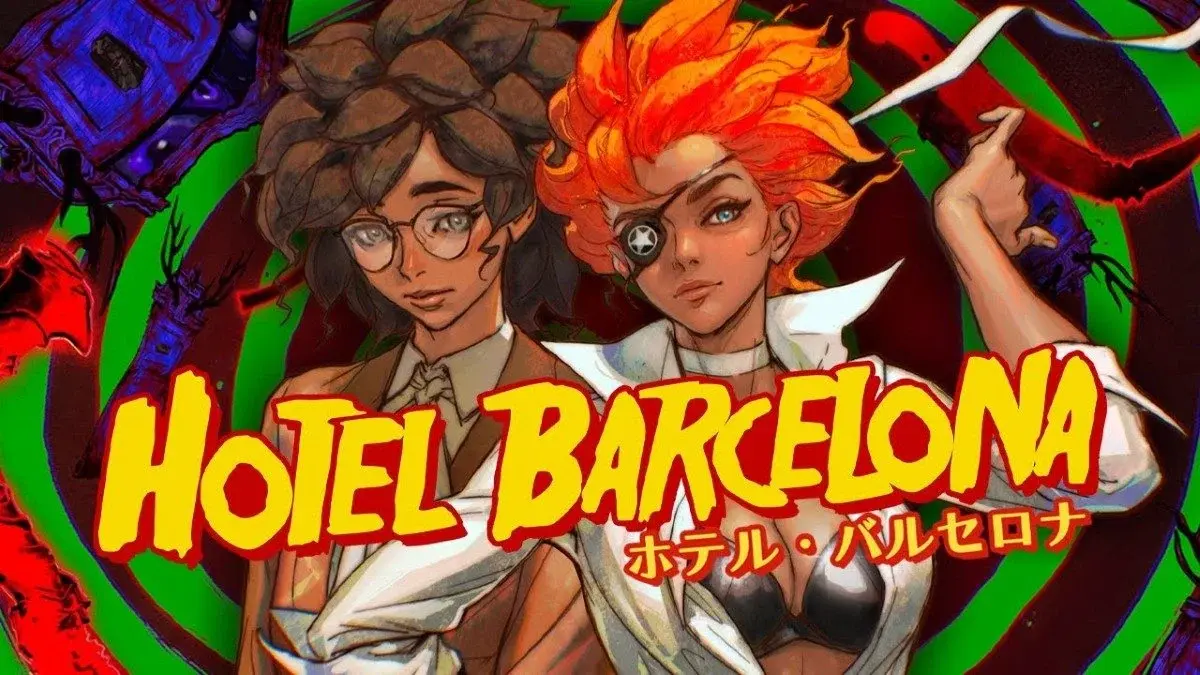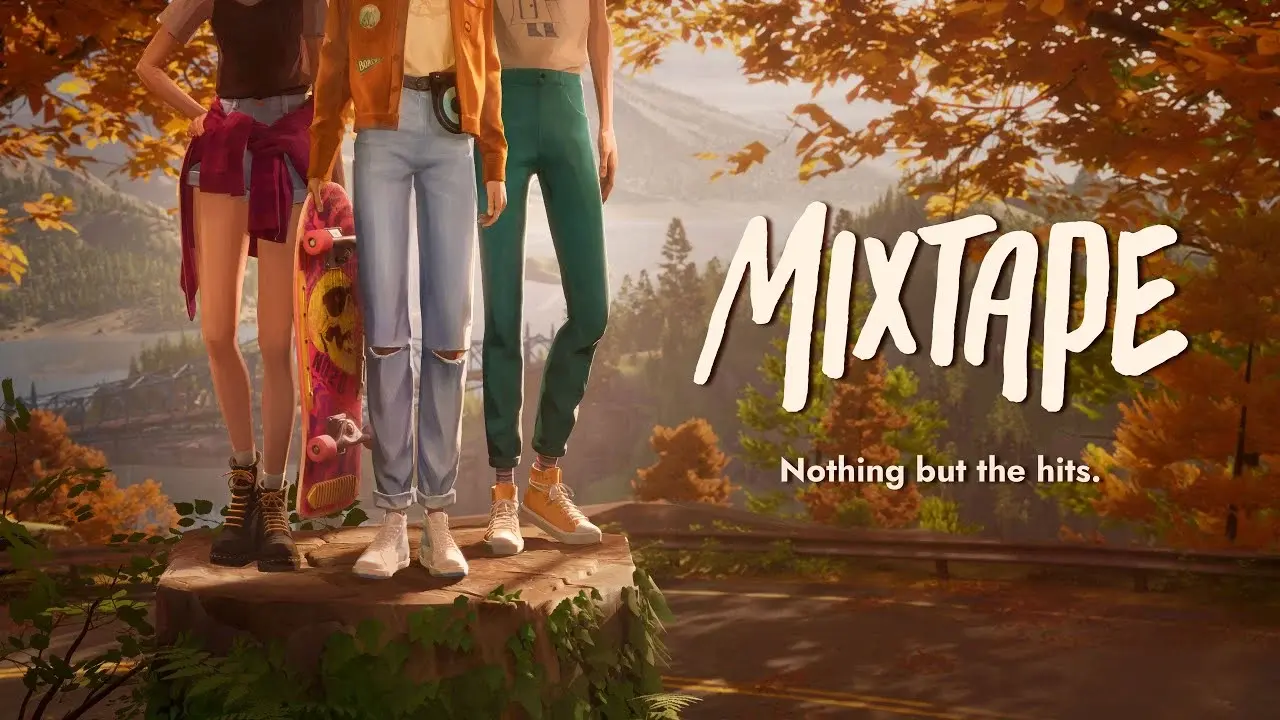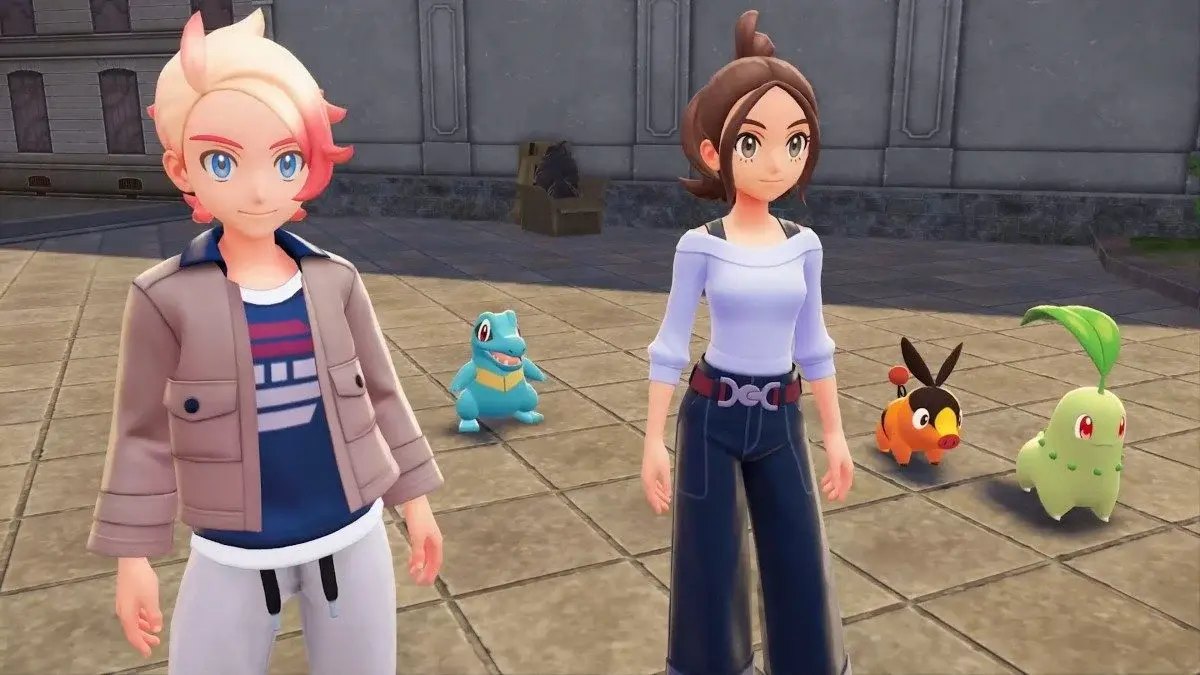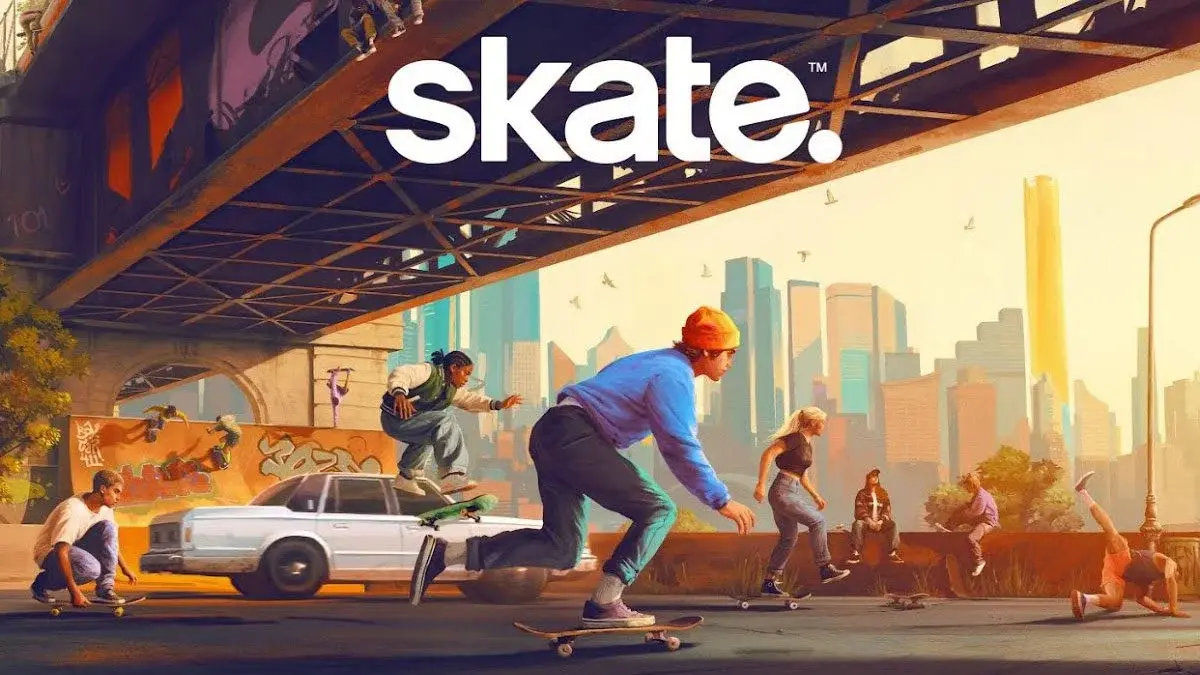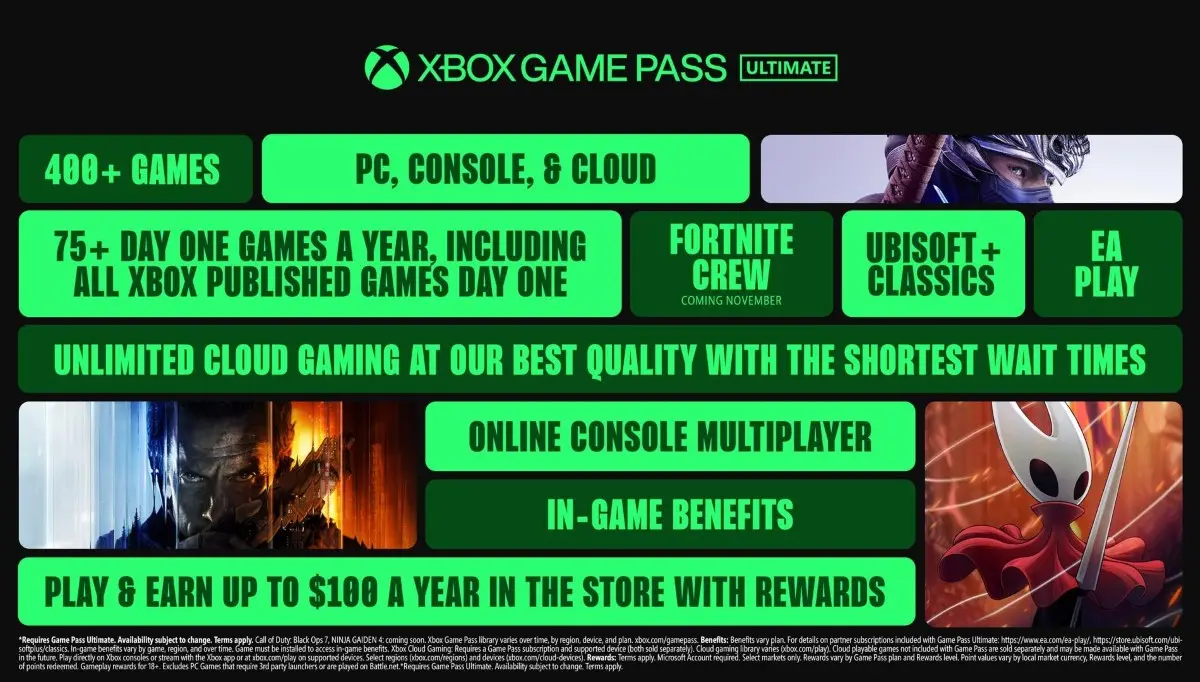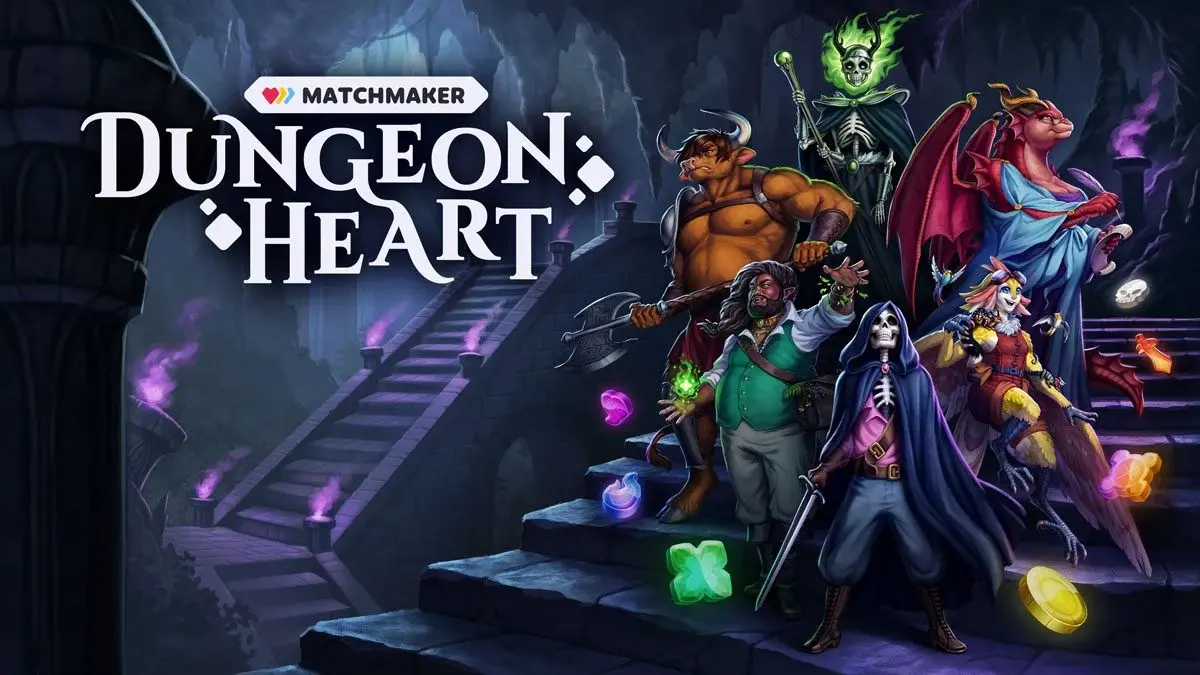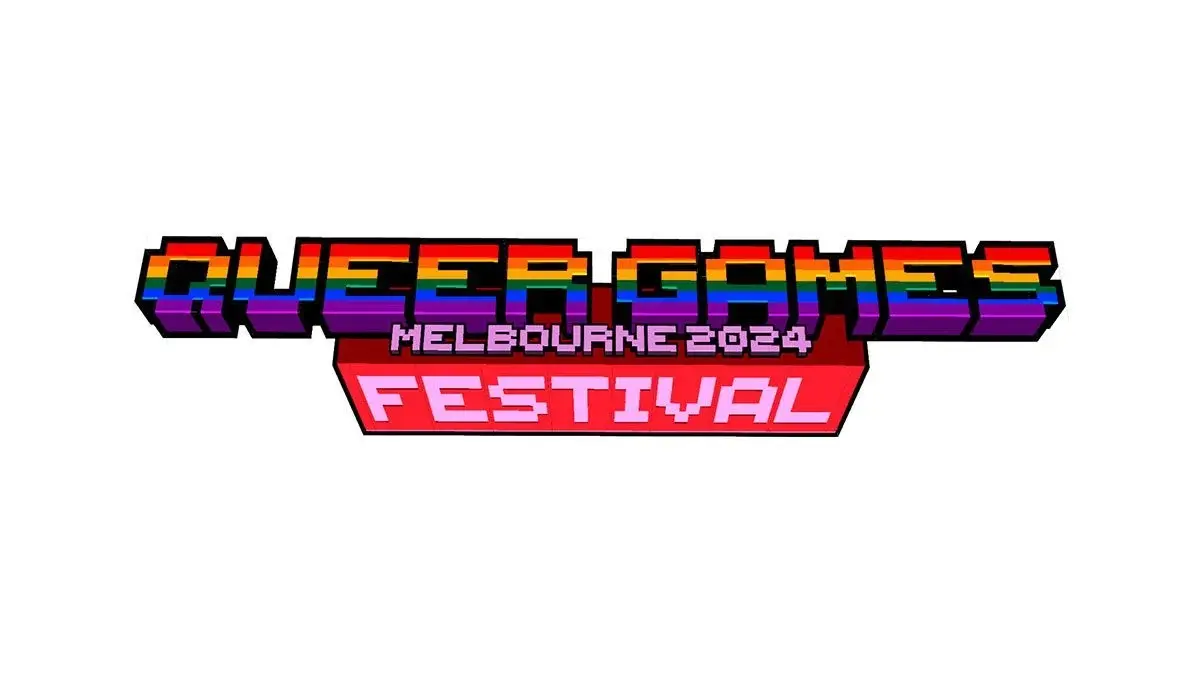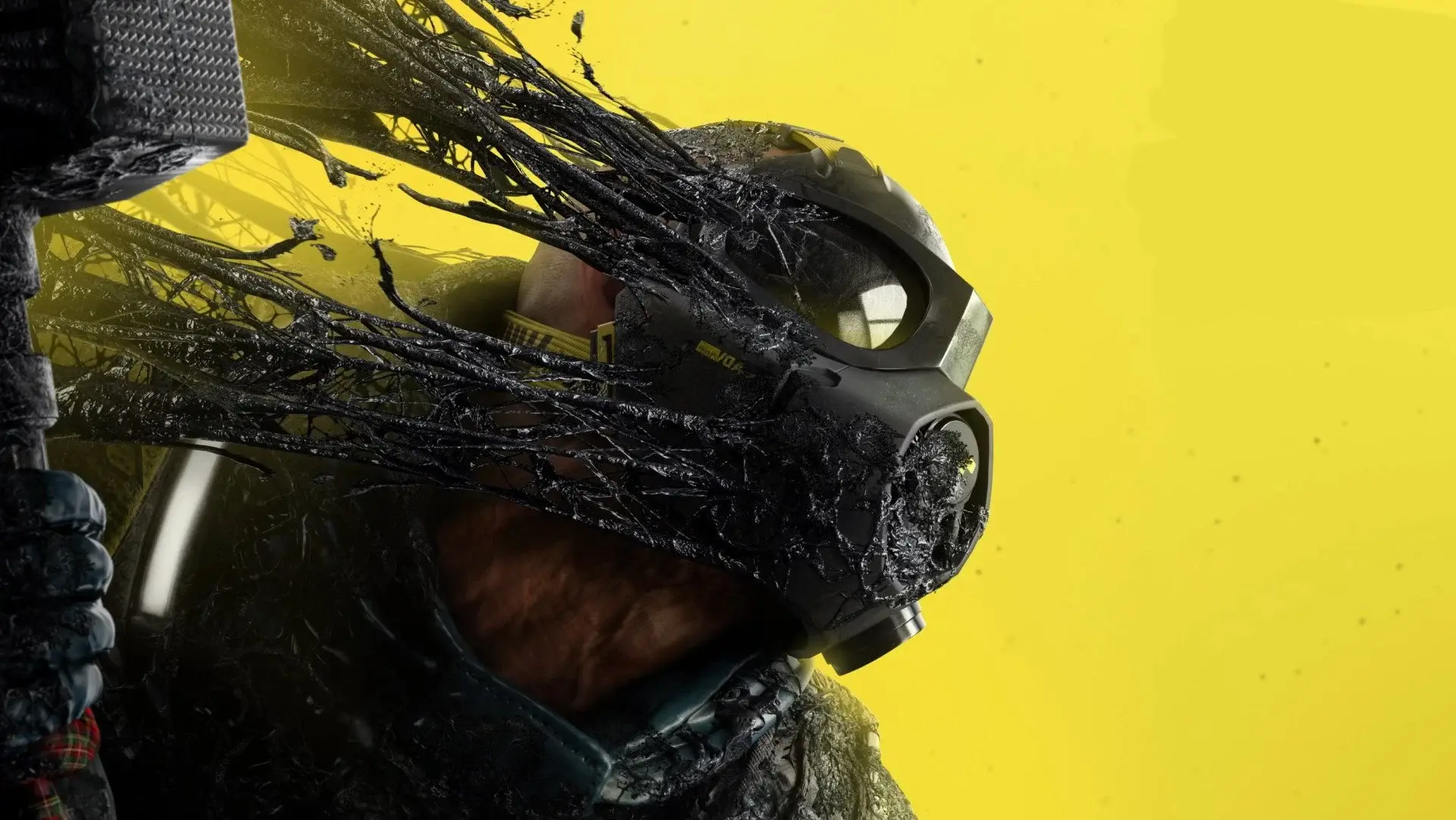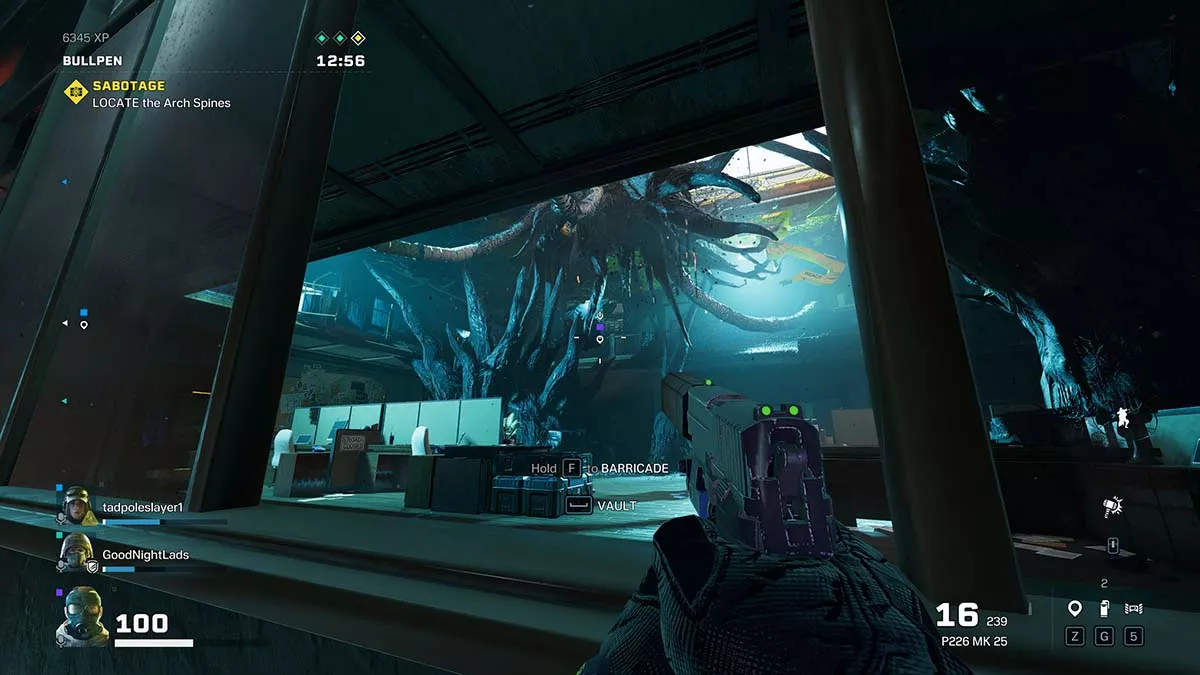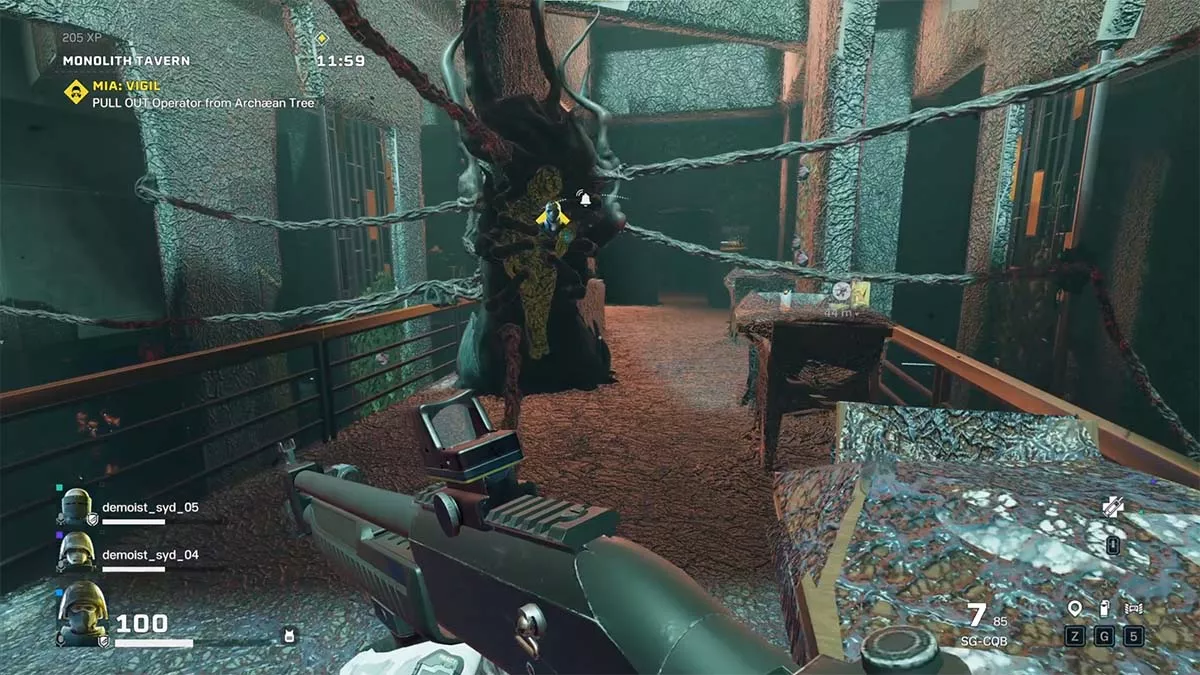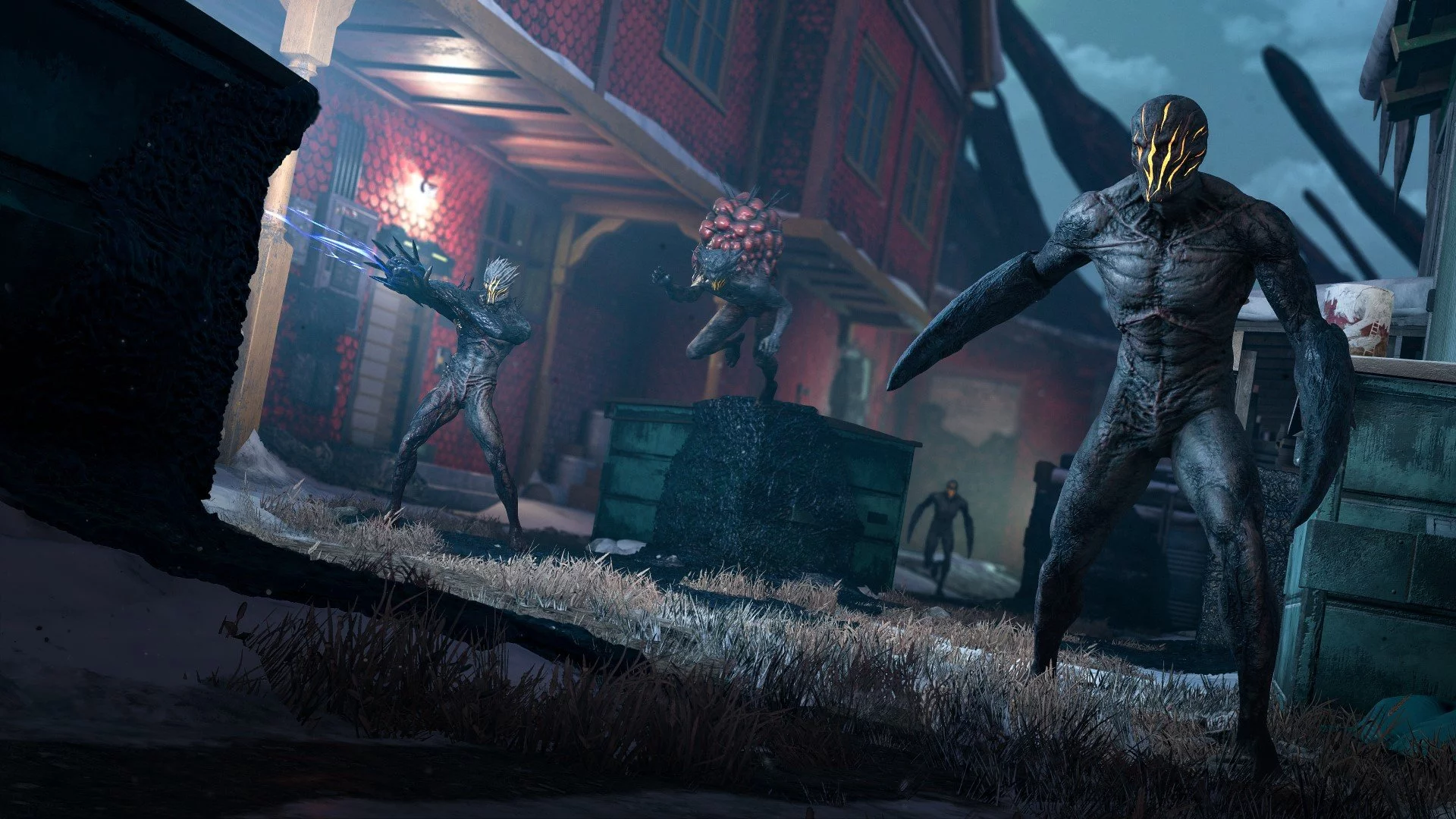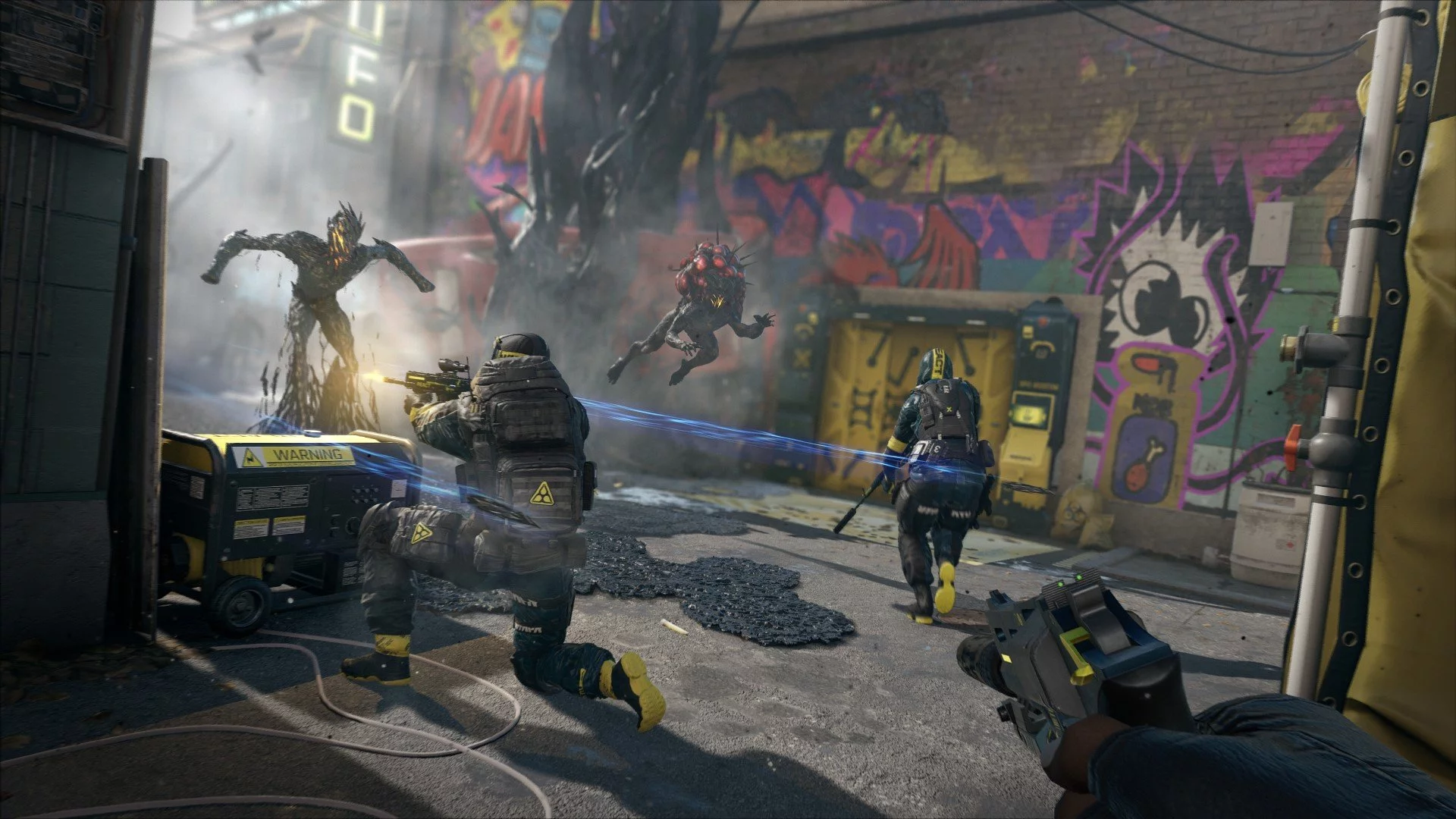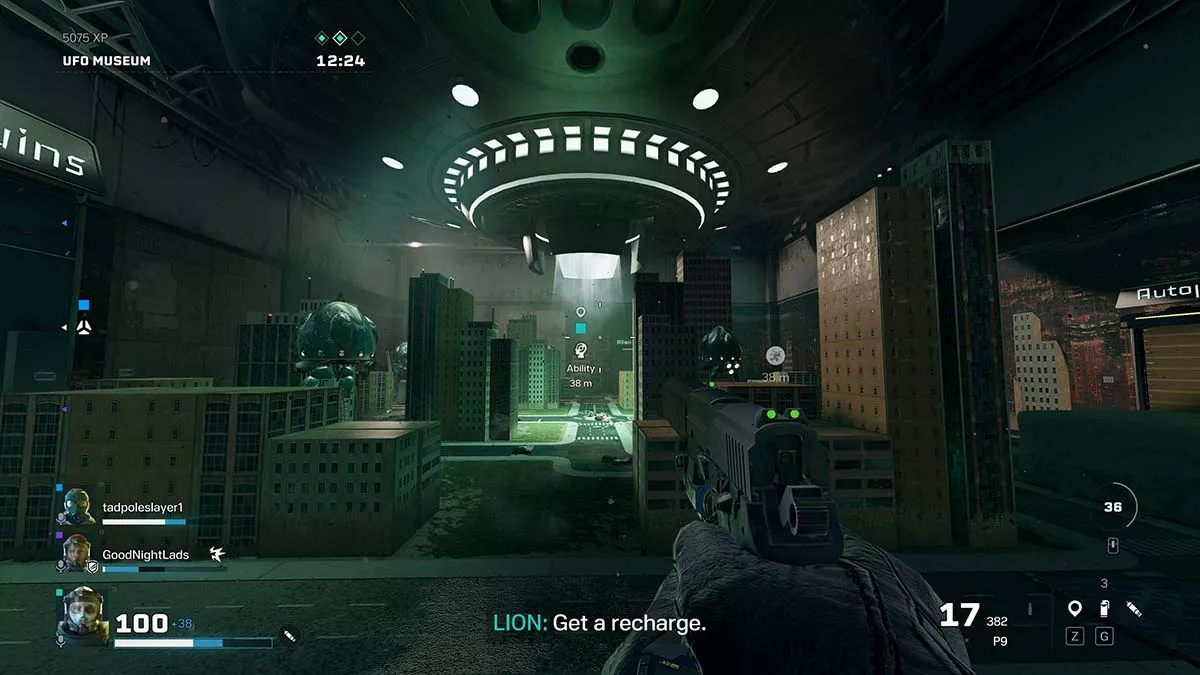Alien REACTs only.
Have you heard of that Ubisoft Clancy-verse game with the virus threatening to wipe out America? No, not The Division 1 or 2. No, not Splinter Cell Pandora Tomorrow either. Rainbow Six Siege? Almost, but that’s not really what that game is about. Instead, I’m talking about Rainbow Six Extraction – the decidedly sci-fi take on the Tom Clancy terrorist takedown franchise.
Rather than the usual story of shutting down a terrorist cell that was prolific in the early R6 games, Extraction instead pits the famous CTU team against a space parasite that’s threatening mainland America. Dubbed Archaeans, these sentient, almost plant-like beings are attacking locations across the country (though avoiding Canada, thankfully — how respectful); Rainbow is tasked with finding out why.
Extraction picks up where Siege’s Operation Outbreak left off, after a Russian Soyuz capsule crash landed in a city in New Mexico. In that limited-time event, players had to investigate and contain a deadly outbreak in three-player squads. Unfortunately they didn’t do a great job, and a few years later the parasite has spread throughout the USA. That’s where we come in, taking on the Archies as a team member of REACT: the Rainbow Exogenous Analysis and Containment Team. What a mouthful that is.
From the outside, Rainbow Six Extraction may sound similar to the ever popular 4 v Horde stalwarts such as Left 4 Dead, Back 4 Blood or Vermintide, though this isn’t a fitting comparison. Instead, Extraction has a much slower, more sinister vibe akin to something like GTFO where mobs are genuinely threatening and stealth is key.
GTFI: Get The F In
Each mission, called an Incursion, stitches together three objectives across three distinct areas of a location. These objectives are pulled from a pool of twelve different main objectives, and a special thirteenth objective that only activates if one of your team is knocked out. Once you’ve completed an area’s objective, you then make your way to an airlock and progress forward into the next one. Should you take too much punishment you can instead choose to bug out and extract rather than continue.
Incursions also get harder as you progress, and in turn offer you better rewards upon completion of an objective. In the first zone you’ll encounter more basic enemies, depending — of course — on which base difficulty you select. When playing on Severe, the second highest difficulty, we went from facing the relatively easy Rooters and Sowers in the first area to facing four Apexs in the third – an incredibly deadly Archaean threat (but more on them later).
Adding more fuel to the difficulty fire is the increased parasite mutation risk that accompanies each step up in difficulty. The base difficulty, Moderate, has no chance of a mutation while the hardest difficulty, Critical, guarantees one. These mutations also provide large chunks of bonus experience for completing a mission while one is active.
For the most part the mutations we experienced weren’t anything too extreme and didn’t really change the way we approached a level. Things like armoured nests and spore-covered enemies are straightforward to deal with, though we didn’t see any of the hardest mutations in our time… so who knows what else is out there.
The more that you play, the more you’ll realise that you really do want these mutations to pop up — the extra experience you’re given is crucial to Extraction’s progression system. Experience serves three main functions in Extraction: levelling up your personal progression, evolving your operators and, finally, healing any operators who aren’t already at full health.
Yes, you read that correctly: operators are healed by an amount correlating to how much experience was earned in a given mission. While this doesn’t apply to the operator who earned that experience, any of your other agents with missing health will have some restored upon mission completion.
In short, extracting from an incursion with an operator at 65 health means they’ll remain at 65 health until healed from a mission completion. This, in turn, forces you to rotate through your operators to ensure you’re kicking off each mission with one at max health, also attempting to heal any of your others who are waiting in the wings.
If an operator is knocked out during a mission and recovered by your teammates or if you extract with their health too low, they’ll be made inactive and be unavailable for selection next time around. Should you fail to recover an operator, or if your whole party wipes in an area, then they’ll be classed as MIA and you’ll need to undertake a special MIA Rescue mission on that same map to get them back.
All around me are familiar faces
Anybody who’s played Rainbow Six Siege recently will be instantly familiar with the roster of operators available to use in Rainbow Six Extraction. Unsurprisingly, the list is made up of almost all fan favourites such as Ela, Doc and Jager. There are a total of eighteen different operators currently on offer, with half of those available from the outset. As you level up your overall REACT progression you’ll unlock the other half. While there have been no official announcements, I can almost guarantee you’ll see more of Siege’s roster appearing in Extraction in the future.
While some of the operators on offer make sense – Doc heals himself and his team, Rook provides body armour so you take less damage – others are a bit more questionable. Hibana, for example, carries over her XKAIROS hard breaching gadget but I have yet to encounter any situation in which I’d want to use that. Jager is another weird one too, with his Active Defence System blocking incoming projectiles.
It’s possible that these operators do play a niche role in some incursions, but I’ve yet to encounter an objective that couldn’t be completed as easily with another more useful operator. My personal playstyle meant that I played a lot of Alibi and Lion – operators that can gather intel quickly about where enemies are or distract them for long enough to prevent any nasty blindsides.
In addition to their abilities, each operator is also kitted out with weapons and gadgets seen in Siege. Some operators even gain access to weapons from their Siege brethren, which is why you’ll see Alibi and Ela running around with the LMGs of Maestro and Zofia.
Then there’s the REACT tech: a suite of gadgets designed wholly to counter the Archaeans. These range from the simple flashlight that causes enemies to bioluminesce through walls to the more advanced scan grenades and field walls that provide a massive upper hand.
The only good Archie…
The need for said upper hand that is entirely necessary, as progressing up difficulties turns even the most basic of the Archaeans into a serious threat. Early on you’ll being seeing mostly Tier 1 variants of enemies — things like Grunts, the explosive Breacher or the projectile firing Spiker. These may seem pretty unthreatening, once you’re playing on Severe or Critical difficulties even these basic enemies can wipe you out quickly.
Next up are Tier 2 enemies like the Rooter and the Sower. Neither of these are particularly threatening on their own, but in combination with other Archaeans such as those in Tier 3 and 4 you’re guaranteed a bad time. Tormentors, Smashers and Lurkers await you in Tier 3, but even these are relatively easy to deal with compared to the lone Tier 4 Archaean: the Apex.
The appropriately named Apex is the pinnacle of the Archie threat that you can encounter area to area. Spreading sprawl wherever they go, these massive pains in the ass spawn out Tier 1 enemies and hurl out nasty globs of gunk that will quickly knock you down. Dealing with these guys is never good time – just as facing the peak of the Archaean threat should be.
Well, I say peak, but there is one final type of enemy you can encounter, though much rarer than even the Apex. This is the Protean: the parasites’ best attempt at recreating the threat that Rainbow’s operators pose and turning that against them. To fight one of these beasties you first need to have an objective called Gateway. Spot that on your mission page and you’ll know you’re in for Extraction’s version of a classic boss fight against one of three Proteans approximating either Alibi, Sledge or Smoke. These boss fights are fun, chaotic little affairs that can pose quite a challenge, but once you’ve got a strategy figured out they won’t pose too much trouble.
Sensing a theme
In a way that idea kind of represents all of Rainbow Six Extraction. Once you have a strategy figured out — one that works reliably and gets you through missions — it loses some of its lustre. In only a few short hours of gameplay my little reviewer gang had fallen into our roles and were cutting through incursions with ease. We knew how to approach each area, tackle each Archaean and could focus fire quickly on any threat. The first time we took on the Alibi Protean we were all panic and chaos. The second time? We blew through it on a harder difficulty without any issues.
This wouldn’t be so much of a problem if the gameplay loop didn’t require a lot of backtracking to complete Studies – side objectives that provide extra experience – and grind experience to get to the next unlock. By the time we completed the third area in Alaska we still had 3 full levels worth of experience required to unlock the last one in New Mexico. In that whole time we’d cranked the difficulty as high as the game would let us and we only lost an operator once, and when one of us disconnected due to an internet drop out at that.
It’s at this point you realise that Extraction itself is actually quite hollow. There are four main locations in Extraction, and each of them is divided into three smaller ones which in turn feature three areas each. They’re the same each time; it’s only the objectives you’re assigned that change. If you’ve seen a map once, you’ve probably seen all of it.
Even progression itself isn’t super rewarding. Yes, you unlock more operators and yes, you get access to better tech but none of that actually feels that good. Many of the buffs you receive for your operator from their progressions are passive, and so even they don’t feel that impactful. All of this is to say that the illusion of choice is pretty thinly veiled in Extraction.
On top of this, the lack of any sort of hub area that you visit between missions is also a notable exclusion. This may sound like an odd complaint, but having that social hub type area is common in these sort of shooters nowadays. They give additional ways to tell story and to experience the world that Extraction is dropping you in. With a barrage of codex entries unlocking as you level up, something to help flesh out the background would have been appreciated.
Operators could show up or be missing, depending on their status. There could be a firing range to test out guns and show damage numbers. These hub areas can provide so much passive storytelling, and that is something that Extraction is sorely missing.
Extraction is an above average experience. The gunplay is top notch – expected when it’s pulled directly from Siege – and overall is fun, if a bit shallow. While I can’t speak to its long term lifespan, it’s easy to recommend jumping in and giving it a whirl. The $60 AUD price tag is on the steep side for a game that feels more like an extension of Siege than its own standalone venture, though with both the day one launch on Game Pass and the Buddy Pass offered through Ubisoft Connect you should have no trouble convincing mates to jump in and try it out.
Rainbow Six Extraction was reviewed using a promotional code on PC, as provided by the publisher. Click here to learn more about Stevivor’s scoring scale.
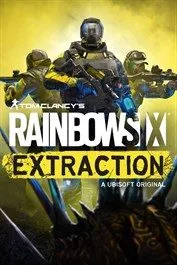 |
Rainbow Six Extraction20 January 2022PC PS4 PS5 Xbox One Xbox Series S & X |
This article may contain affiliate links, meaning we could earn a small commission if you click-through and make a purchase. Stevivor is an independent outlet and our journalism is in no way influenced by any advertiser or commercial initiative.


